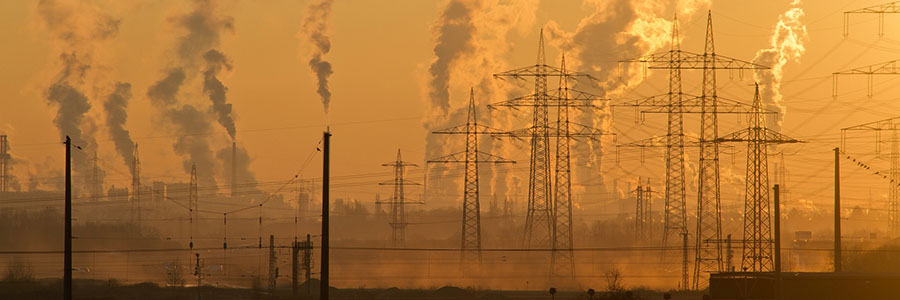AP Microeconomics – When Markets Fail

This lesson supports the Market Failure and the Role of Government section of the Advanced Placement Microeconomics curriculum. Students need to understand the conditions under which a competitive market fails to produce the socially-optimal quantity of a good or service.They also need to know what steps a government can take to correct a negative externality.
This lesson appears as Lesson 2 in Unit 5: The Role of Government in CEE's Advanced Placement Microeconomics (4th Edition).
Introduction
Learning Objectives
- Explain how private market activities can cause externalities.
- Define and give examples of third-party costs (also called negative externalities or social spillover costs).
- Define and give examples of third-party benefits (also called positive externalities or social spillover benefits).
- Analyze why positive and negative externalities cause underproduction or overproduction of goods and services in a competitive market.
- Analyze the effectiveness of government policies designed to remedy problems caused by positive or negative externalities.
- Explain the Coase Theorem and use it to analyze how negotiations among private property owners can resolve market allocation problems.
- Analyse how marginal analysis can determine the optimum amount of pollution cleanup.
Resource List
- When Markets Fail, Teacher Lesson
- When Markets Fail, Student Resource Manual
- When Markets Fail, Solutions
Process
Please refer to the When Markets Fail, Teacher Lesson.
Conclusion
Conduct a general discussion about why markets fail and how government attempts to correct these failures.
Extension Activity
There is no extension activity for this lesson.
Assessment
Please refer to the When Markets Fail, Student Resource Manual.